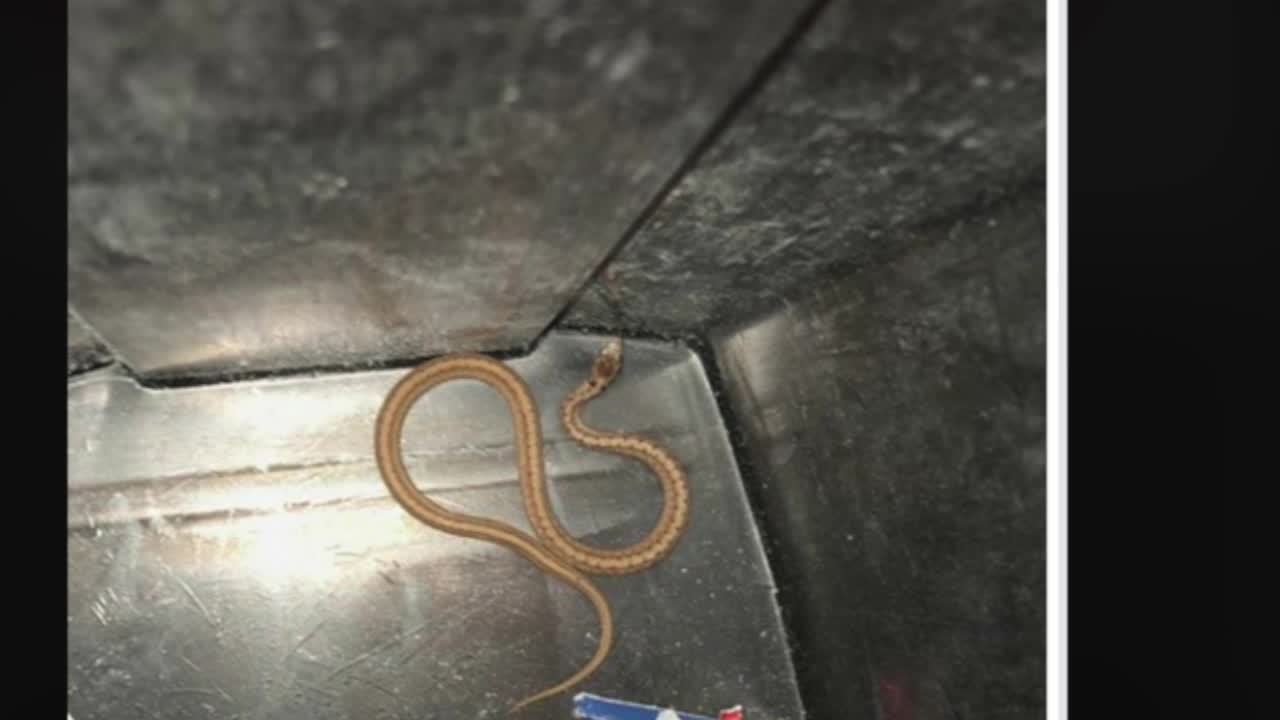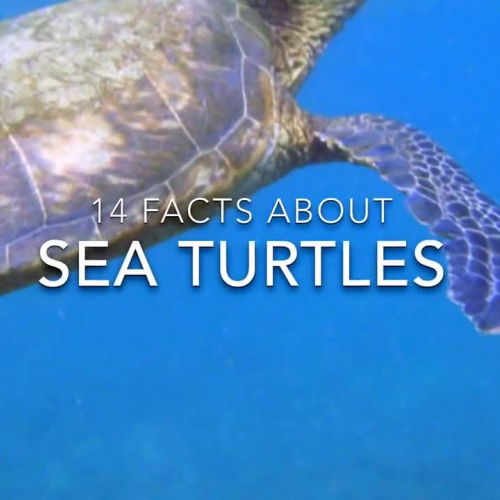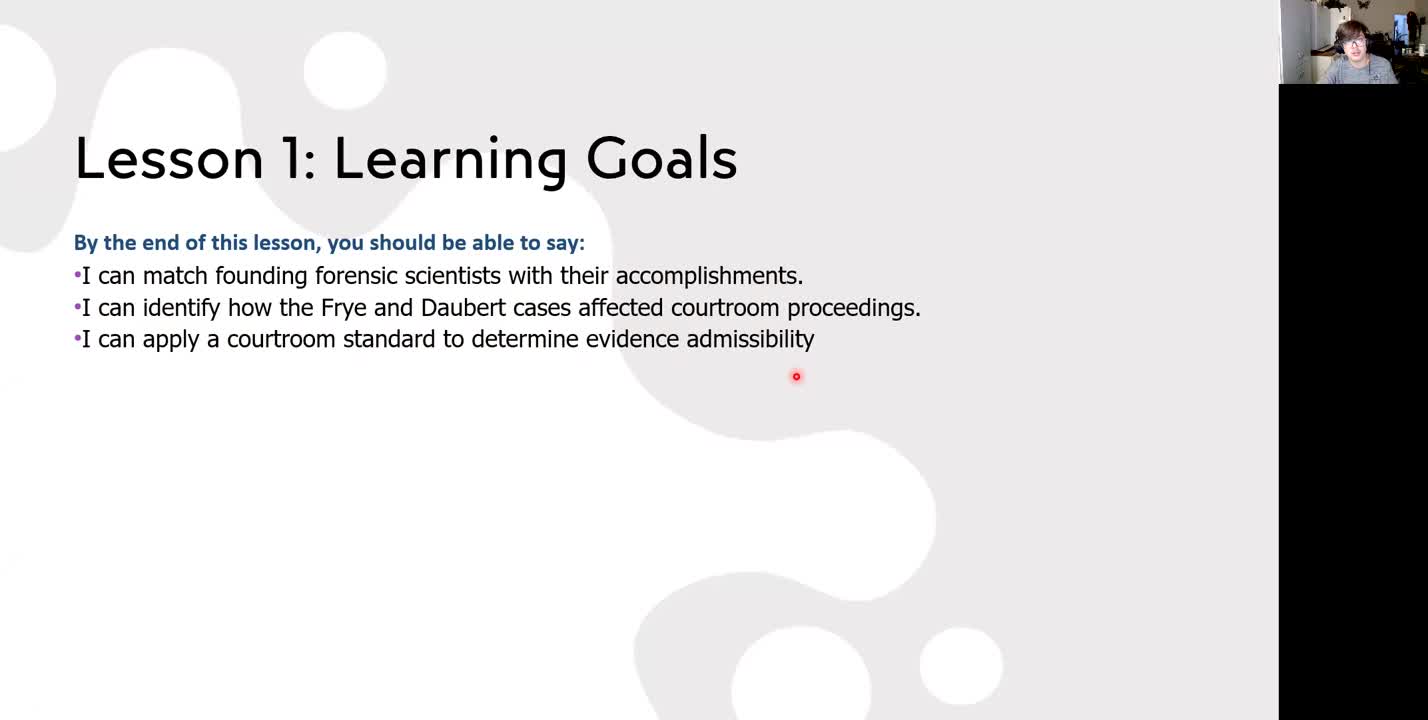14 Amazing Facts about Sea Turtles
High School / Science / Life Science
Did you know there are 7 different species of sea turtles in the world's oceans today?
14 Amazing Facts about Sea Turtles:
You will learn 14 amazing facts about sea turtles from watching this video. The author takes something that is complex to an ordinary mind and puts it in bite-sized pieces for kids. Here they are in reverse order:
14. There are seven species of sea turtles that exist in the world?s oceans today.
13. They are one of the world?s most ancient creatures. They have existed for about 110 million years.
12. They are known for their shell or carapace, which is streamlined to help the turtle swim.
11. The difference between sea turtles and other types of turtle is that sea turtles can?t pull their heads and legs into their shells.
10. The color of sea turtles vary from species to species. They could be yellow, green or black.
9. Their food is: shrimp, sea sponges, snails, algae, mollusks, sea weed and crabs.
8. It is unknown what their population is because male sea turtles and young juvenile sea turtles do not go back to the shore once they hatch, and they remain at sea.
7. Sea turtles, such as green sea turtles have the ability to stay under water for up to five hours.
6. When they are under water, the sea turtles slow their heart rate in order to preserve their oxygen under water. This is slowed up to 9 minutes per beat.
5. They enjoy warm and temperate waters, and they migrate long distances as far as 1400 miles between the areas where they feed and where they nest.
4. Not much is known about the behavior of sea turtles since they spend most of their time at sea. And actually the information that has been obtained is from observing females and their hatchlings.
3. When they nest, females will dig out a nest in the ground and bury their eggs before they return to sea and leave their eggs are alone.
2. When they hatch, young turtles are completely on their own, and without the aid of their mother they will take as long as a week to dig themselves up from where they?ve been buried.
1. Once they dig themselves out from where they are buried, young sea turtles will start to move towards the sea, but they do this in the cover of night to avoid predators. And they will launch out into the sea left to fend for themselves.
I hope you have learned something new about sea turtles!






















